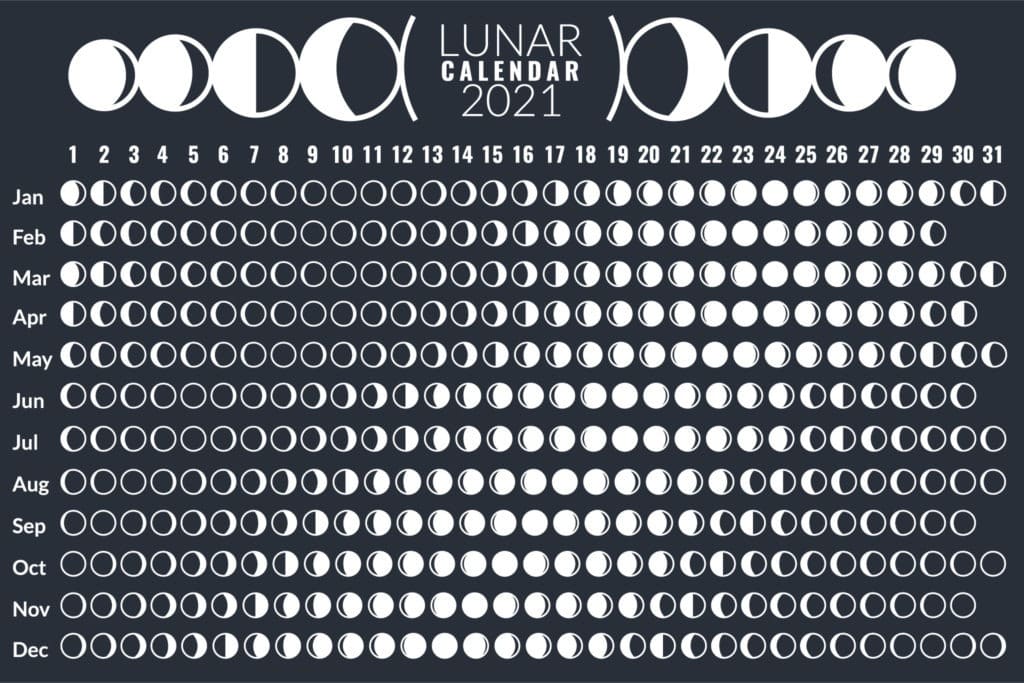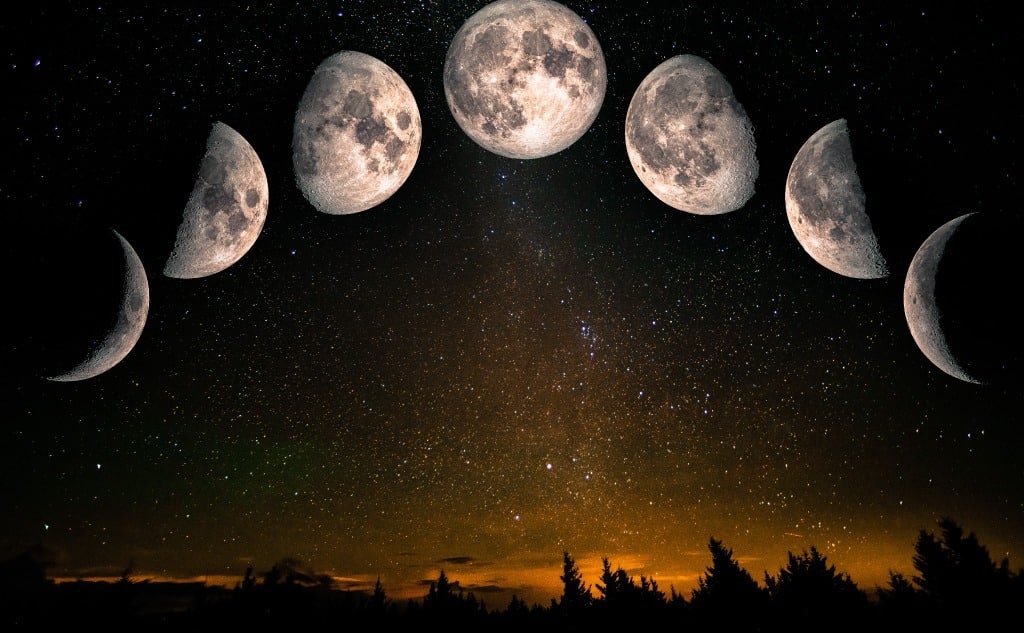This is about the moon phases.
The moon looks different every night.
If you want to know what causes moon phases and all the details, then you’re in the right place.
Let’s jump right in!
The 8 Moon Phases
Humans have marveled at our beautiful Moon for centuries. It has been the subject of:
- Love songs
- The cause of astronomical mysteries
- An ancient calendar system
- And lots more
As our Moon goes through its phases, the distinct shapes it takes on are instantly recognizable by nearly all of us.
However, the names of each phase, the order in which they occur, and why they happen are something that many of us can’t explain.
Let’s figure it out!
Why Does the Moon Have Phases?
Half of the Moon is always illuminated by the Sun.
But, because our Moon is constantly orbiting the Earth, we see the illuminated or lit-up part from different angles throughout the month.
This causes our Moon’s phases!
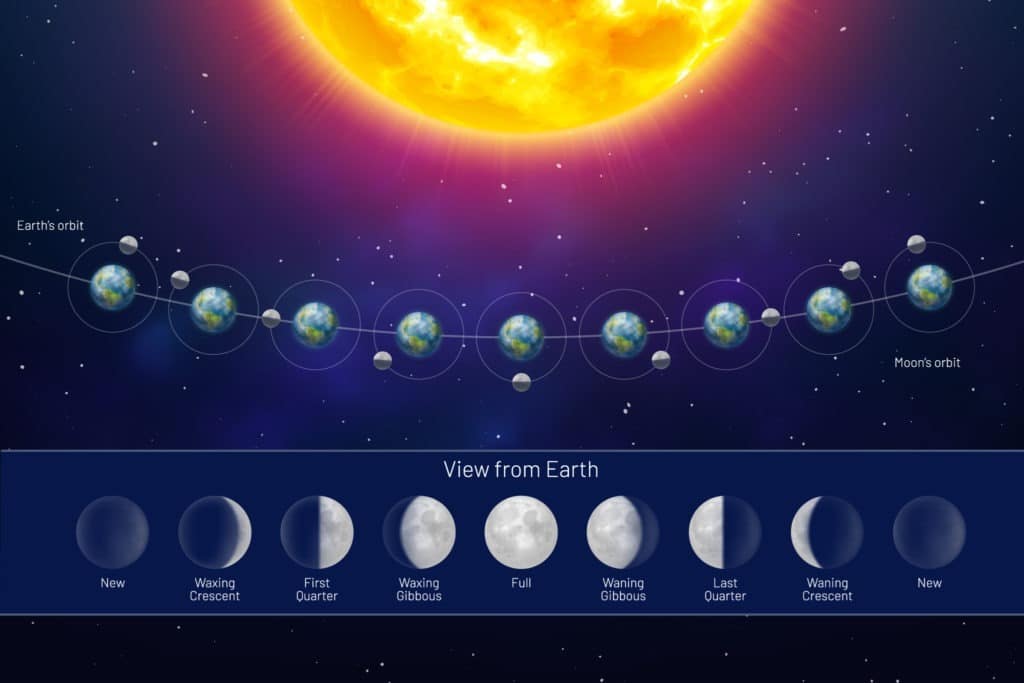
For instance, the image below shows the angle at which we see the Moon during its Waxing Crescent phase.
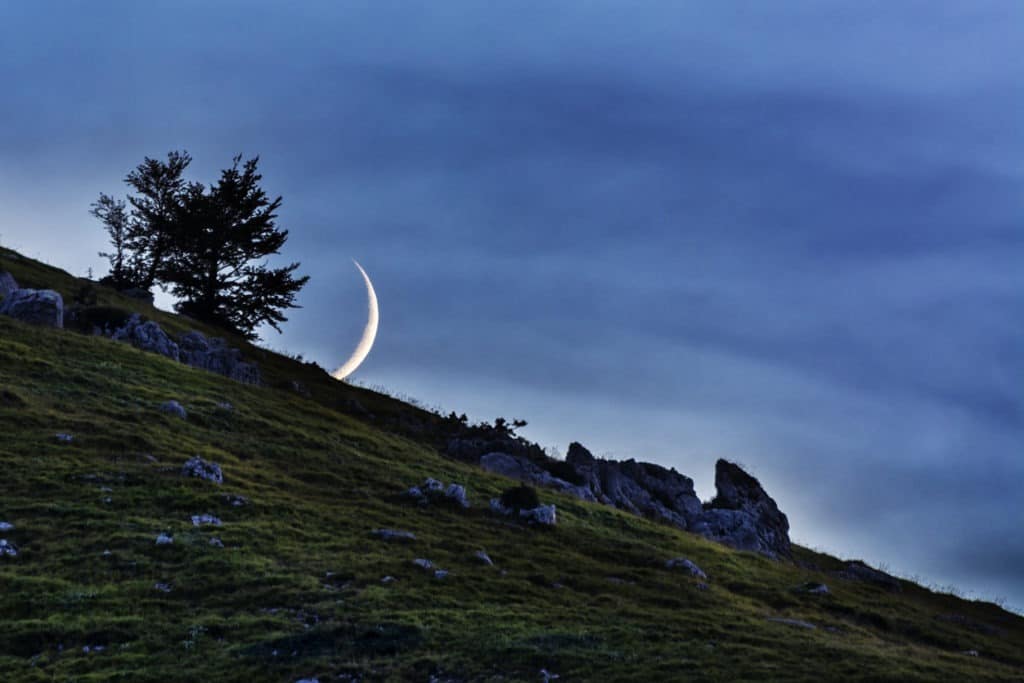
Since we see the illuminated portion of the Moon at an angle, it appears to take on a crescent-like shape.
The visual outcome of all of the Moon’s phases are explained in the next sections.
#1 New Moon
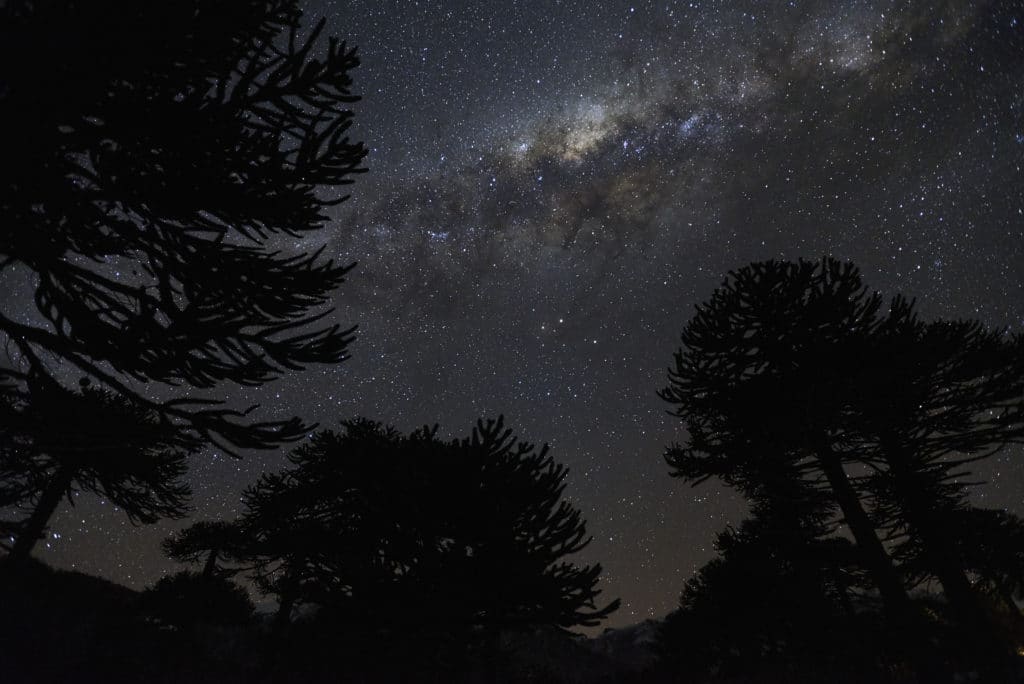
The Earth, the Moon, and the Sun are in a nearly straight line with one another.
With the Moon being in between Earth and the Sun, its illuminated portion is on the other side of the Moon, out of sight to us.
This phase makes the Moon unable to be seen by Earth.
#2 Waxing Crescent Moon
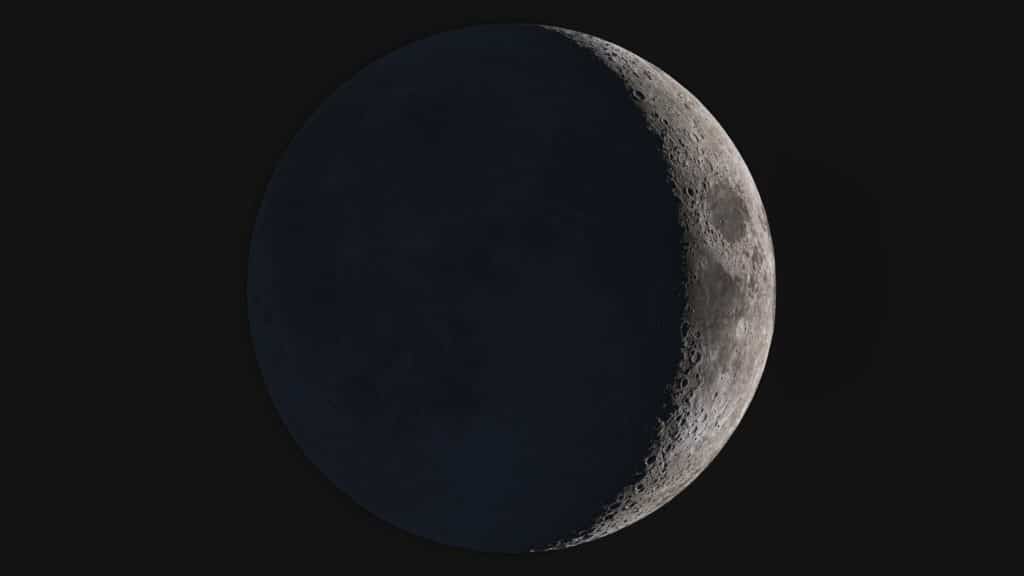
To “wax” means to increase in power.
Therefore, as the illuminated portion of the Moon slowly becomes more visible to us on Earth, it is increasing.
During the Waxing Crescent phase, the Moon becomes slightly illuminated but less than halfway.
#3 First Quarter Moon (or Half Moon)
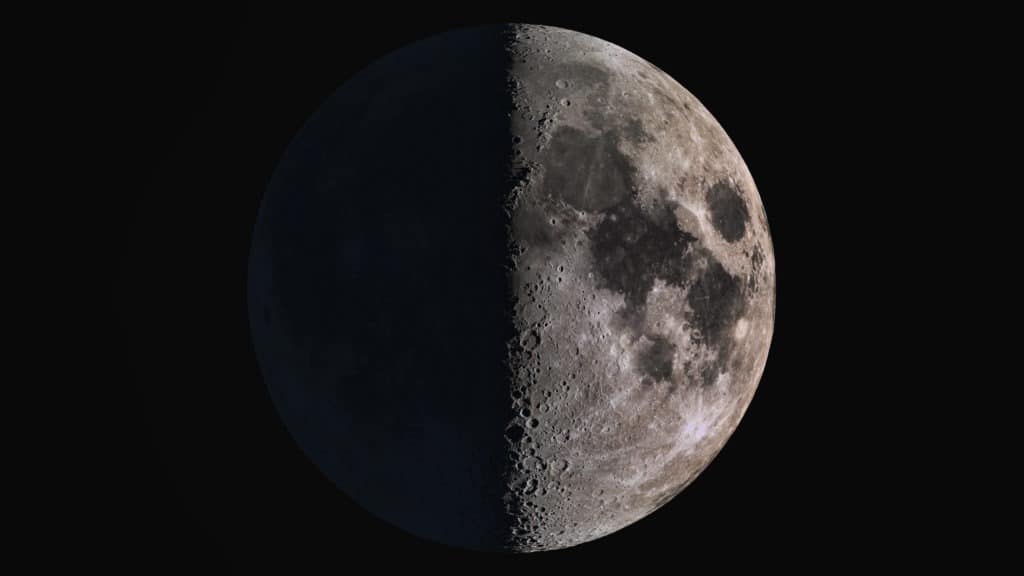
The Moon is now one-quarter of the way through its cycle, giving it the name Quarter Moon.
At this point, the Moon is seen by Earth in a straight line, but its illuminated portion is still perpendicular to us.
Only half of it is lit up. This is why this phase is sometimes referred to as a Half Moon.
#4 Waxing Gibbous Moon
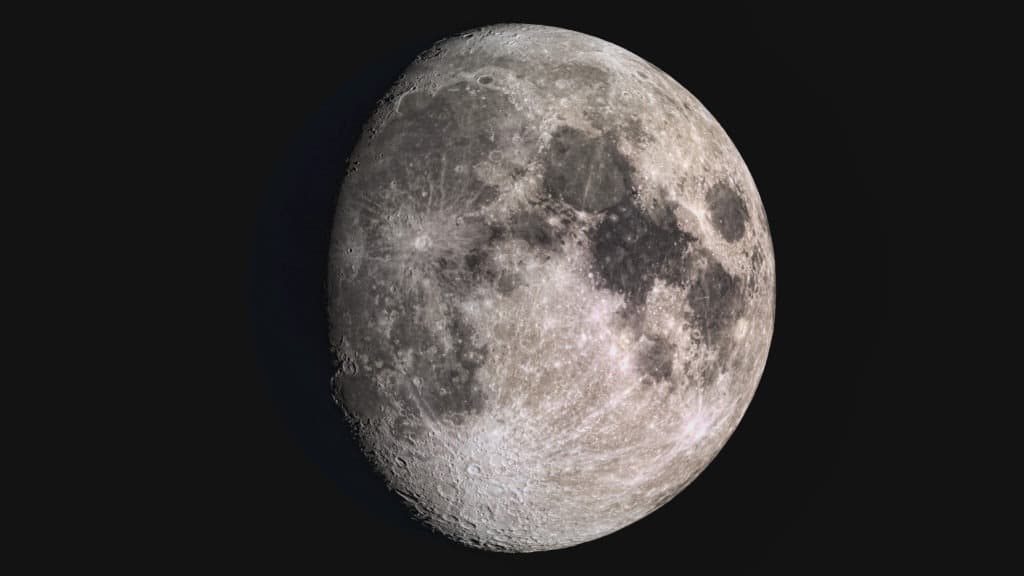
The Moon’s illuminated portion now fills more than half of the Moon but is still not full.
The term Gibbous is an astronomy term referring to something that is convex (or rounded) at both edges, like the shape of the Moon’s lit portion during this phase.
#5 Full Moon
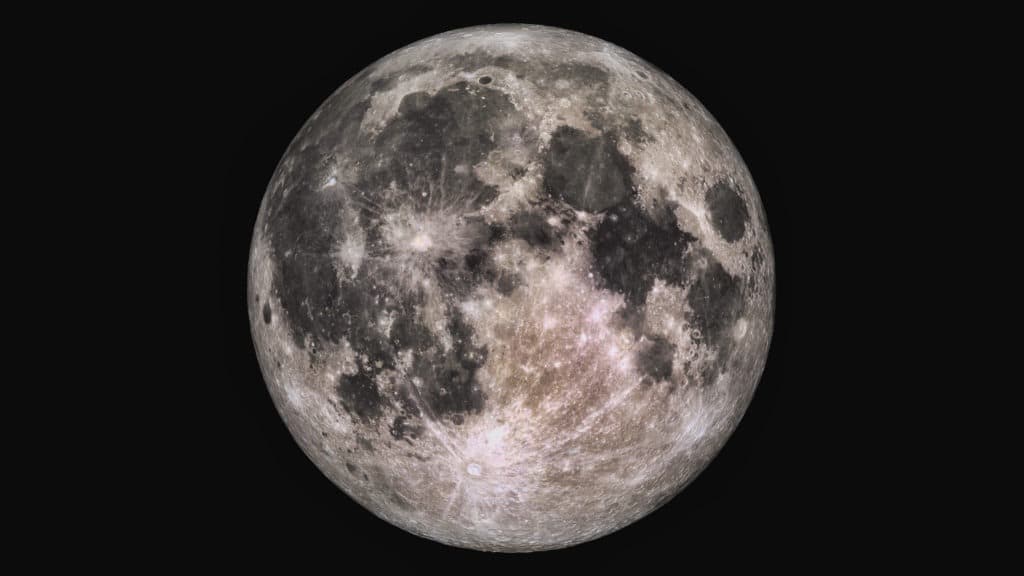
This phase is similar to the New Moon in that the Earth, Moon and Sun are nearly aligned once again.
Only this time, the Earth lies in between the Moon and the Sun.
Now the Moon’s illuminated portion is pointed directly at us, and its face appears completely lit.
#6 Waning Gibbous Moon
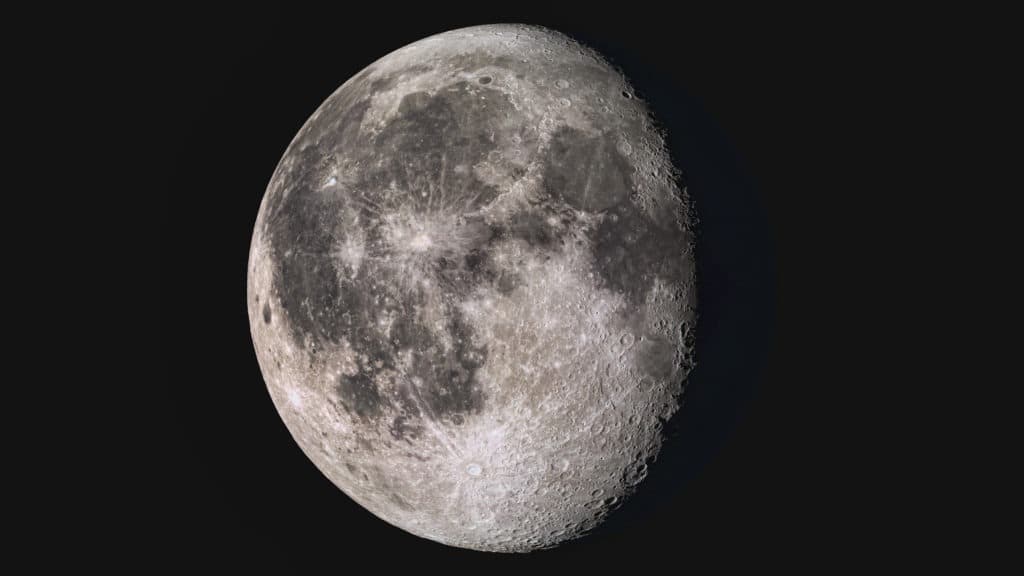
The illuminated portion of the Moon is now decreasing in power or waning but is still more than halfway lit.
The lit portion’s sides, once again, appear rounded on both sides, giving the name Waning Gibbous (see #4 for the explanation of Gibbous).
#7 Third Quarter Moon
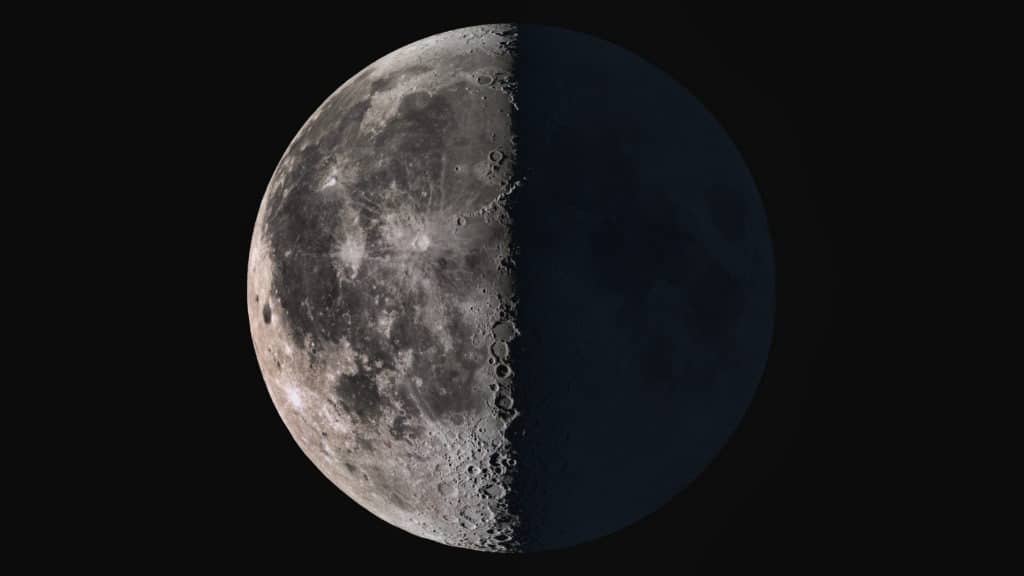
The Moon is now three-quarters of the way through its cycle.
And, like the First Quarter, we see the Moon at a straight angle but see the illuminated portion perpendicularly.
The Moon appears half-lit once again.
#8 Waning Crescent Moon
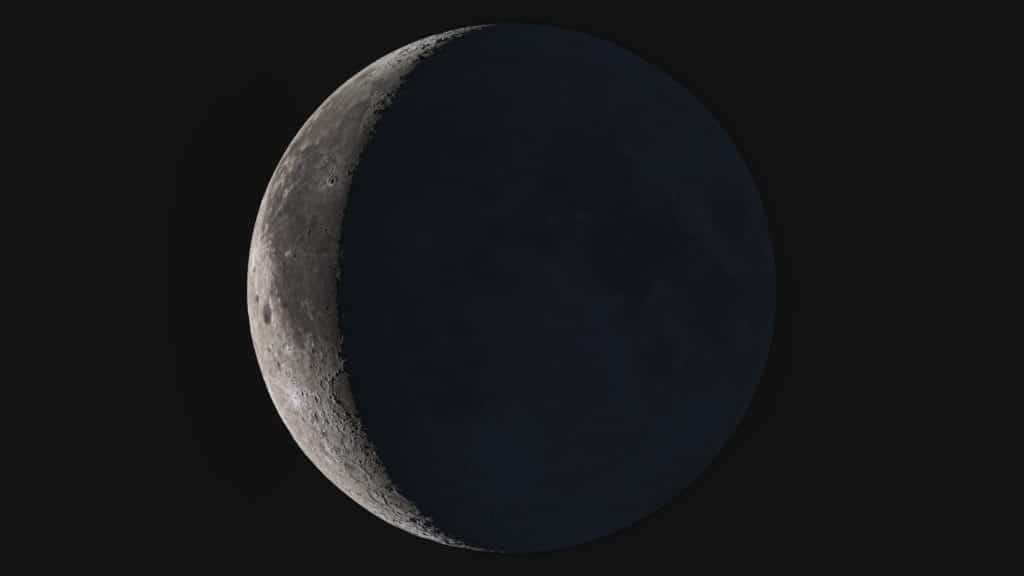
The illuminated portion of the Moon is now nearly gone, and the Moon again appears as a crescent shape.
Now, the Moon’s cycle is complete, its illuminated portion is completely invisible to us, and it starts the cycle all over again.
We’re back to a New Moon!
Moon Phases Calendar 2021
